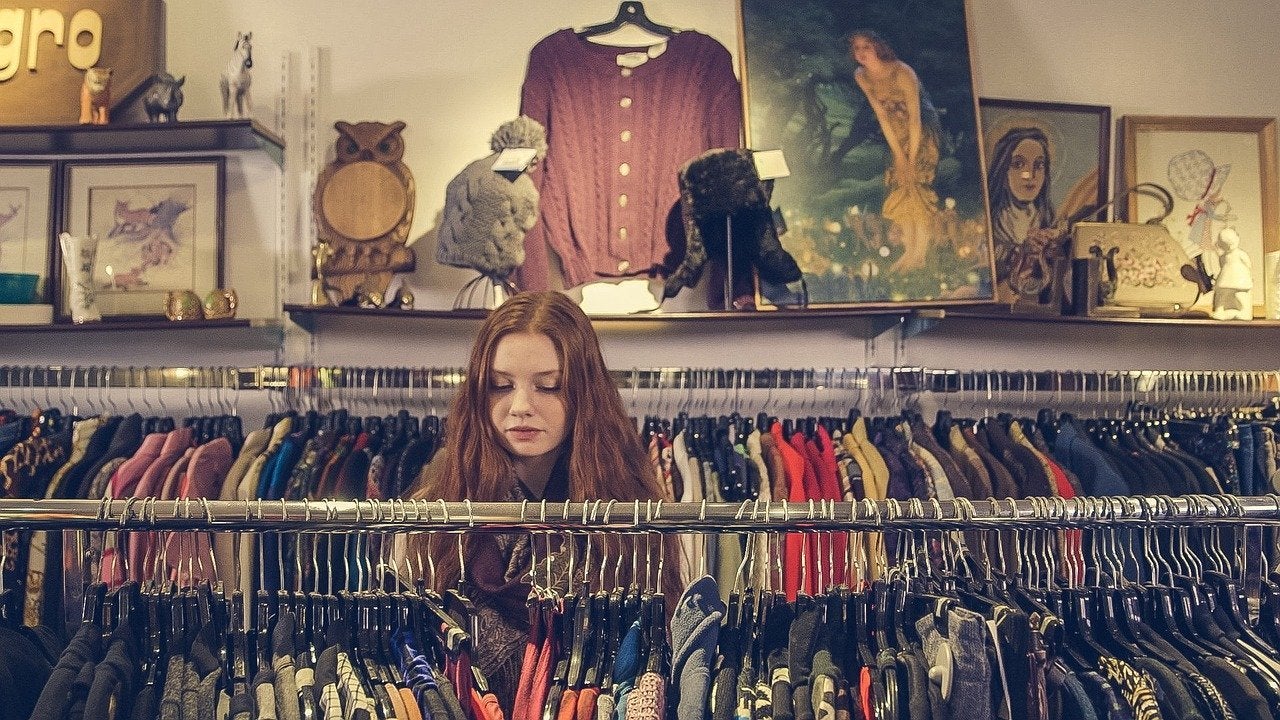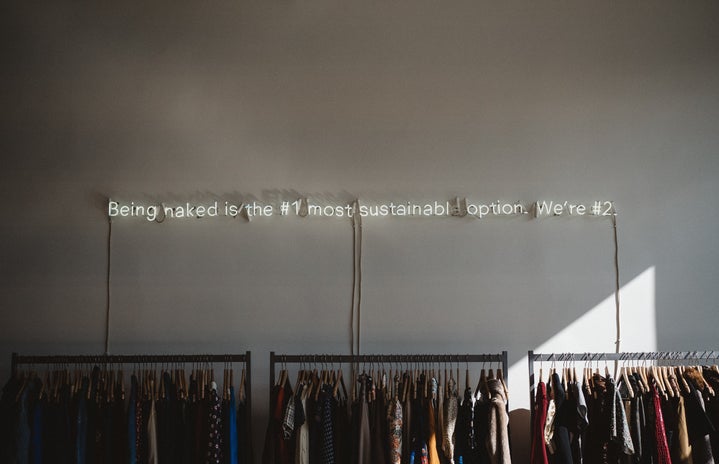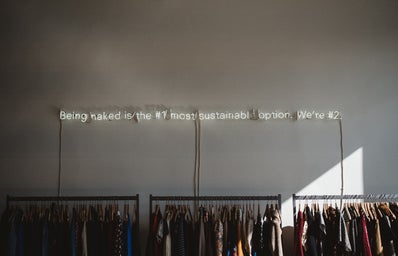With the exponential growth of the fast fashion industry, there comes an increased urgency for fashion brands and houses to talk about their ethical commitments towards consumers and the environment around them. The demand for a clean and “eco-fashion” environment is becoming a flourishing design movement. From retailers to luxury brands, more and more fashion houses are making the necessary steps to move away from the scary statistic that is the fashion industry’s carbon footprint. This past year, household names such as Gucci, Chanel and Prada, as well as fast fashion houses like Zara and H&M signed the fashion pact. In this agreement, these brands pledged to reduce the emission of greenhouse gases and emphasize the move of the fashion industry towards a sustainable future.

The sustainability movement is only growing, with many consumers shifting their purchasing power toward investing in timeless pieces from luxury brands, one way to ensure they’re doing their part in going greener. By pushing away the need for quantity, buyers are looking to put their money into clothing and accessories for long term use. From brands like Gucci opting for polyurethane over PVC in their shoulder bags, to H&M’s Conscious collection made from materials like organic cotton and recycled polyester, it seems consumer tastes and preferences are moving away from the ease of fast fashion and toward a more ethical approach.
The onset of the pandemic catapulted society into making more purchases from e-commerce luxury stores and fast fashion giants. However, the pandemic also shed light on environmental concerns surrounding plastic packaging and the carbon footprint of every “confirm order” button pushed. Moving forward from this, multiple luxury retailers and small business began embracing second-hand initiatives. The concept of thrifting and reselling became the golden key that the fashion industry began embracing in 2020.
Online platforms like Farfetch and Net-a-Porter gave a voice and platform to more than 700 small businesses and boutiques that sought to promote environmentally-conscious ways of shopping. Farfetch’s collaboration with Thrift+ now allows customers to order a Thrift+ donation bag with every purchase, with proceeds going to charity as well as Farfetch credit for the customers. Isn’t that a win-win?

Local thrift stores, vintage shops and resale websites have shifted from the trend of breaking your bank to sustainable saving. It’s no surprise that being stylish comes at a price, but why should it come at the cost of the environment? If you want to ensure you are doing your bit to reduce your carbon footprint, look into re-selling your used or almost-new clothing pieces to your local thrift stores or websites that resell clothing pieces. To name a few, here is a list to get you started on your eco-friendly journey!
- Zara
- H&M
- Reformation
- thredUP
- Farfetch
- Black Market
- Everlane
- Aritzia
Although there’s still a long way to go for the fashion industry, brands that choose to take that first step toward ensuring a sustainable future are paving the way for other luxury conglomerates to follow suit. Sustainability is not just a trend, it’s global movement.



